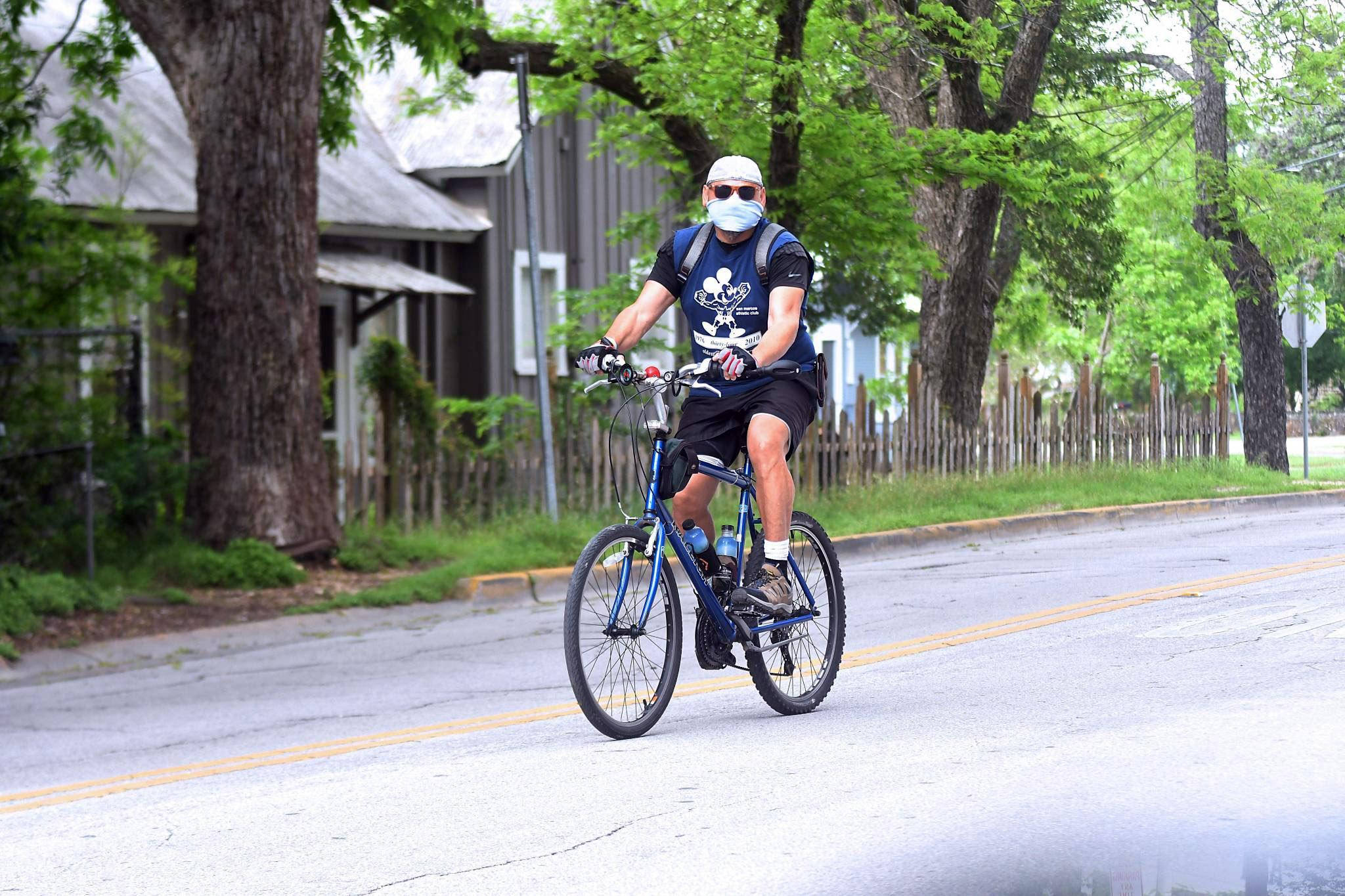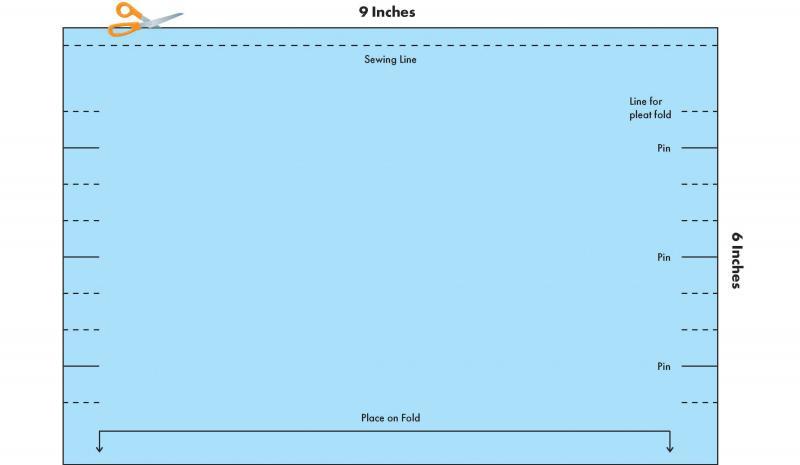
Following the Centers for Disease Control recommendation for wearing face masks when in public to help prevent transmission from people who aren’t showing symptoms of COVID-19, San Marcos residents, like Johnny Peralez above, have begun wearing face masks. Daily Record file photo by Gerald Castillo
Stop the spread: How to make your own face mask
The Centers for Disease Control (CDC) now recommends the use of face masks when in public to help prevent transmission of COVID-19 from people who aren’t showing symptoms.
According to the CDC, as many as 25% of people who are infected with COVID-19 may be asymptomatic, or show no symptoms.
To prevent further spreading of the virus from people who may not know they are infected, the CDC recommends wearing cloth face masks when visiting public places including grocery stores and pharmacies.
The general public should use fabric coverings and not surgical masks or specialized N95 masks, which should be saved for health care providers as hospitals all over the United States are running low on supplies.
It is important to note that covering your face with a piece of cloth won’t protect you. But, it could help you from spreading the virus if you lack symptoms and don’t know you have it.
The CDC warns residents not be lulled into a false sense of security by wearing the mask. Social distancing (6’ apart) and frequent hand washing are still the best ways to prevent COVID-19 spread. But a study from Wake Forest Baptist Medical Center showed that homemade designs with two layers of high-quality, heavyweight cotton with a thread count of 180 or more, and those with an especially tight weave and thicker thread performed well in most situations. The good news is it's possible to make
The good news is it's possible to make masks at home — even with limited crafting experience.
Stephanie Gatees contributed to this story.
Graphic by Colton Ashabranner
MATERIALS:
- 2 pieces of 100% cotton fabric 6” x 9”
- 7” rope elastic or 1/8” flat elastic
- Ruler • Pins
- Pins
- Scissors
- Sewing machine or needle & thread
INSTRUCTIONS:
1. Put right sides of cotton fabric together.
2. Cut fabric to 9x6 for Adult or 7.5 x 5 for Child and cut the elastic 7" long and tie a knot at each end (Do not knot if flat elastic).
3. Starting at the center of the top edge, sew to the first corner, stop. Sew the elastic with the edge out into the corner. A few stitches forward and back will hold this.
4. Sew to the next corner, stop, and bring the other end of the same elastic to the corner and sew a few stitches forward and back.
5. Now sew across that bottom of the mask to the next corner. Again put an elastic with the edge out.
6. Sew to the next corner and sew in the other end of the same elastic.
7. Sew across the bottom leaving about 1.5” to 2” open. Stop, cut the thread. Turn inside out.
8. Pin three tucks on each side of the mask. Make sure the tucks are the same direction
9. Sew around the edge of the mask twice.
Notes:
- This mask can be made to a 7.5" x 5" for a child.
- Masks should be constructed from tightly woven, high-thread count cotton fabrics. The fabric should not have any stretch and should not be knit (i.e. T-shirt material).
- Recommended fabrics include: Poplin, Shirting, Sateen and Percale in 100% cotton.
- A possible source of fabric is high thread count (over 180) sheets and pillow cases.
- Before you start, fabrics should be washed and dryed on hot in order to pre-shrink them.This masks also works with strings instead of the elastic around the ears.
- These can be worn with N95 msaks if made for medical professionals or worn alone by community members when out in public to reduce the spread of COVID-19.
Instructions provided by Deaconess Hospital












